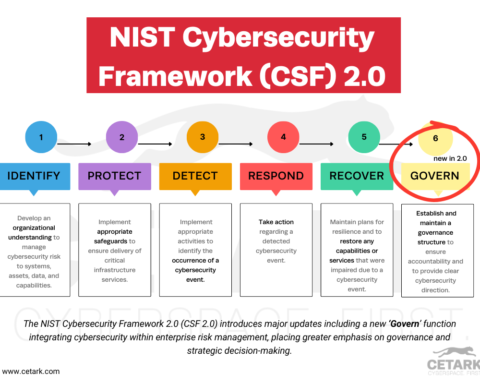In a recent article published by Google’s Threat Analysis Group (TAG), a concerning development in the realm of cybersecurity has been highlighted. The Russian threat group COLDRIVER, previously known for its credential phishing activities, has expanded its arsenal to include sophisticated malware attacks.
The Evolution of COLDRIVER
COLDRIVER, also known as UNC4057, Star Blizzard, and Callisto, has been a notable name in the cybersecurity landscape, primarily focusing on credential phishing against high-profile individuals in NGOs, former intelligence and military officers, and NATO governments. Google’s TAG, committed to countering espionage efforts aligned with the Russian government, reports a significant shift in COLDRIVER’s tactics.
Moving Beyond Phishing
Initially, COLDRIVER’s activities were confined to phishing for credentials. However, their recent campaigns have shown a more alarming turn towards delivering malware. This shift indicates a rise in sophistication and potential impact.
The “Encrypted” Lure-Based Malware Delivery
One notable method involves sending benign-looking PDF documents to targets from impersonation accounts. These documents, presented as op-ed articles or similar content, appear encrypted when opened. If the target reports being unable to read the document, COLDRIVER responds with a link to a supposed “decryption” utility. This utility, while presenting a decoy document, is actually a backdoor named SPICA, giving COLDRIVER access to the victim’s machine.
SPICA Backdoor: A New Threat
SPICA, written in Rust and using JSON over websockets for command and control (C2), represents a significant advancement in COLDRIVER’s capabilities. This custom malware supports various commands, allowing extensive control over the victim’s system, from executing arbitrary shell commands to exfiltrating documents.
Persistence and Stealth
SPICA establishes persistence on the victim’s machine through an obfuscated PowerShell command, creating a scheduled task named CalendarChecker. This level of stealth and persistence underscores the evolving sophistication of COLDRIVER’s cyber-attack strategies.
Google TAG’s Response and Community Protection
In response to these threats, Google TAG has taken proactive steps to protect users:
- Disruption of Malware Campaigns: TAG has added all known domains and hashes associated with COLDRIVER’s campaigns to Safe Browsing blocklists.
- User Alerts: Targeted Gmail and Workspace users receive government-backed attacker alerts, raising awareness of the potential threat.
- Community Awareness: Sharing findings with the security community and affected companies or individuals helps in enhancing threat hunting capabilities and strengthening user protections across the industry.
Implications and Recommendations
- Enhanced Vigilance: Organizations and individuals, especially those in high-profile sectors, should be extra vigilant against such sophisticated threats.
- Robust Security Measures: Implementing robust cybersecurity measures, including regular updates and phishing awareness training, is more crucial than ever.
- Collaboration and Information Sharing: The cybersecurity community must continue to collaborate and share information to stay ahead of such evolving threats.
- Enable Enhanced Safe Browsing: Users are encouraged to enable Enhanced Safe Browsing in Chrome and ensure all devices are updated for added protection.
Conclusion: A Call for Proactive Defense
The evolution of COLDRIVER from a phishing-centric group to one capable of sophisticated malware attacks represents a significant shift in the threat landscape. As threat actors continue to advance their techniques, the need for proactive defense strategies becomes increasingly critical. Organizations and individuals must stay informed, vigilant, and collaboratively engaged in fortifying their cybersecurity defenses.
In the face of these evolving threats, the insights provided by Google TAG are invaluable for understanding and preparing against sophisticated cyberattacks like those executed by COLDRIVER.







